한식 읽기 좋은 날
Mushrooms, Enigmatic Organisms Embracing Nature’s Ever-changing Essence
Colorful HANSIK
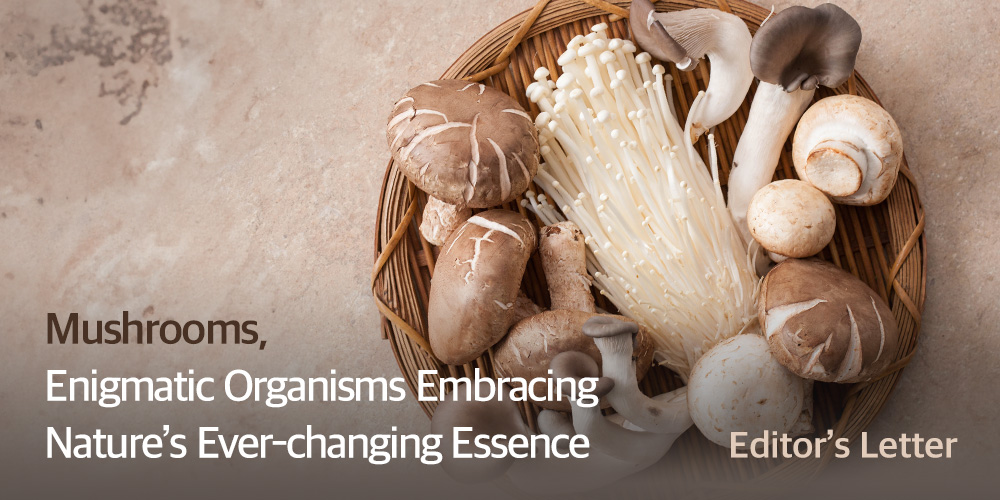
Just as there are roles in every drama that shine as brightly as the protagonist, mushrooms have been more than just beloved supporting characters in Hansik—they've been indispensable co-stars. With their unique flavors and aromas, mushrooms have complemented various dishes, adding richness and enhancing flavors since ancient times, playing important roles in temple cuisine and royal court cuisine. Now, thanks to the growing interest in eco-friendly diets, healthy eating, and veganism, mushrooms are confidently taking their place as protagonists on the culinary scene.
Having spent a long time underground as mycelium before maturing into mushrooms and then undergoing the process of once again producing spores, they are like magical beings that transform into daily fare. Let's savor the deep world of Hansik guided by mushrooms, which come in various textures and flavors depending on the type.
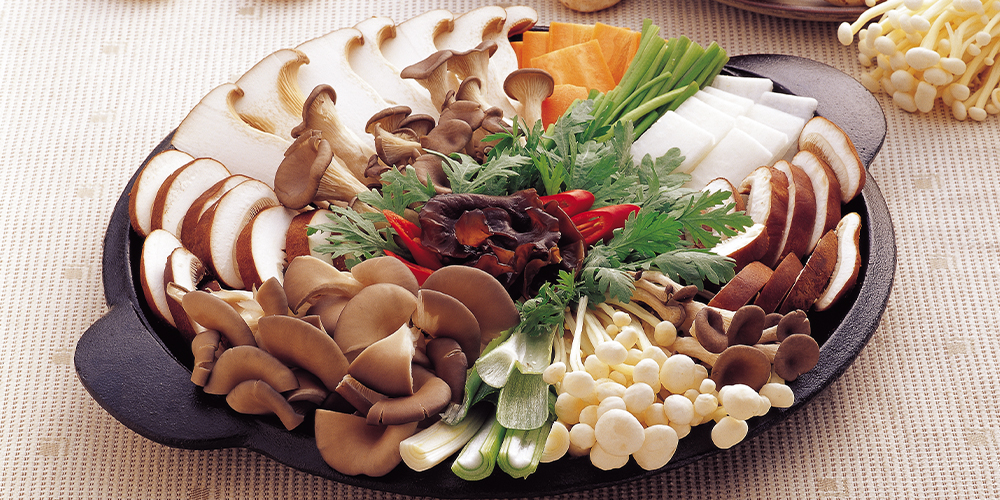
Mushrooms in Royal Court Cuisine and Traditional Hansik
Throughout history, Korean food has incorporated the concept of the Five Elements, which suggests that the creation and destruction of human beings is akin to the cyclical nature of the universe. Accordingly, the five colors red, yellow, green, white, and black, representing the Five Elements, have been widely used in foods. For instance, in the royal court cuisine dish called ‘Gujeolpan (platter of nine delicacies),’ which consists of eight ingredients - vegetables and meats - wrapped in flour pancakes, you can see the harmonious blend of these colors. Mushrooms, in particular, have been extensively used to express the black color.
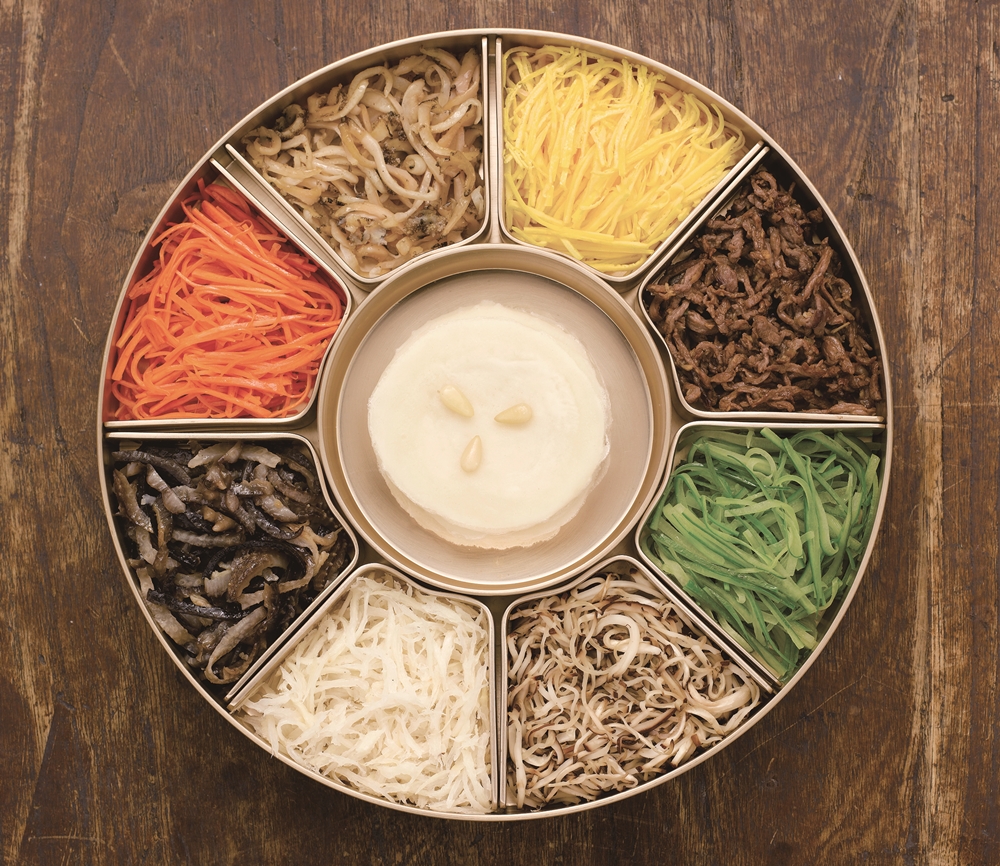
Mushrooms have been used in royal court cuisine not only to enhance the flavor of the broth but also as ingredients for banchan like namul (vegetable salad) , sanjeok (meat and vegetable skewers), and even as supplementary ingredients in making rice cakes. In particular during the Joseon Dynasty, following the belief in ‘Yaksikdongwon’ that medicine and food share the same origin, mushrooms were frequently served at the royal table. King Munjong, the fifth monarch of the Joseon Dynasty, was known to have suffered severely from smallpox, and one of the dishes often served to him was beoseottang (mushroom soup) because it was believed that the longer mushrooms were boiled, the higher their detoxifying properties became. Throughout Korean history, mushrooms have been utilized for both culinary and medicinal purposes, establishing themselves as beneficial ingredients in the diet.
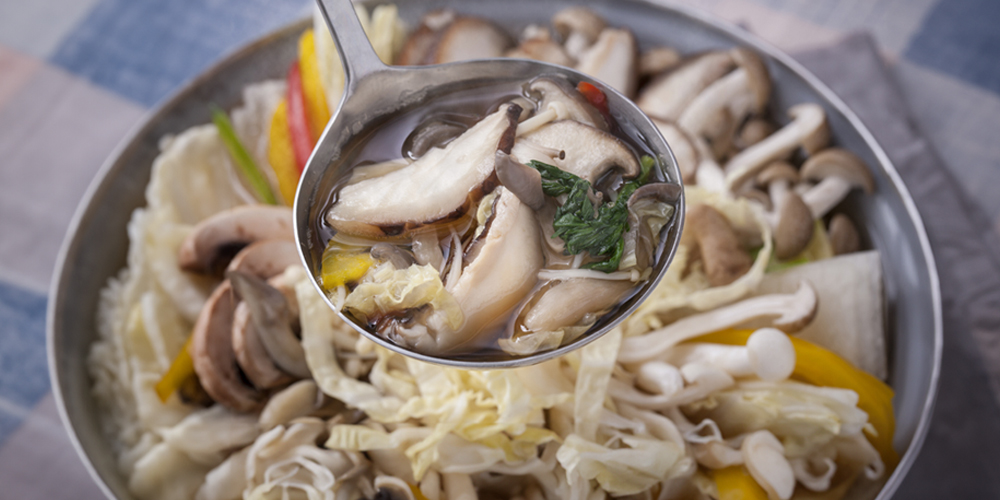
One of the mushrooms that was enjoyed in the palace was the ‘seogibeoseot (manna lichen)’ which grows attached to rocks. It typically grows in remote mountain valleys, clinging to rocks, and its shape resembles a human ear, hence its name ‘seogi’, which means ‘rock ear.’ In the food critique book called ‘Domundaejak’ by Heo Gyun, who was known as a food columnist during the Joseon Dynasty, there is mention of a rice cake made with seogibeoseot called ‘seogibyeong.’ Heo Gyun, after tasting ‘seogibyeong’ during his trip to Geumgangsan Mountain, is reported to have praised its taste highly, saying, "Its taste is so excellent that it surpasses that of duteoptteok (sweet rice cake with filling) or sweet rice cake with dried whole persimmon.”
Mushrooms, Indispensable Companions to Temple Food
The reason mushrooms are indispensable in Korean temple cuisine is that they play a crucial role as an essential ingredient. In temples, where the consumption of the five pungent vegetables (garlic, welsh onion, leeks, allium, and asafetida) and meat is prohibited, mushrooms naturally fill the void, leading to the development of various cooking methods using mushrooms.
Freshly picked mushrooms can be enjoyed raw like hoe (raw fish) by dipping them in chojang (sweet and sour red chili paste), or they can be dried and ground into powder to be used as a natural seasoning. Often referred to as ‘meat from the mountains,’ mushrooms offer a chewy texture and are rich in protein that even enables dishes that mimic the taste and texture of meat.
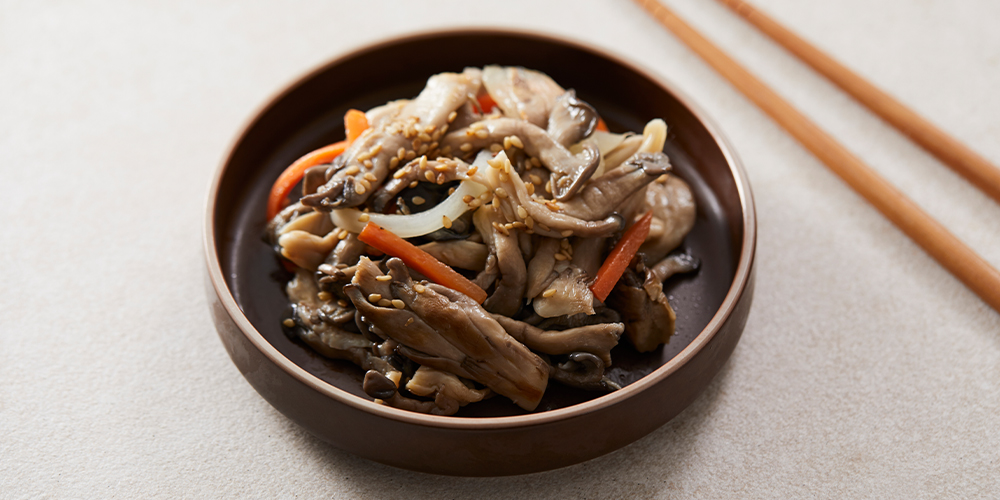
Representative mushroom dishes frequently served on the altar during temple events such as beoseottangsu (deep-fried mushrooms with sweet and sour sauce) and beoseotgangjeong (deep fried and braised mushroom) are now often made at home for children who dislike vegetables. Both dishes feature mushrooms that are crispy from frying and enhanced with tasteful sauce. Beoseottangsu offers a tangy-sweet sauce with a chewy texture, while beoseotgangjeong provides a pleasantly spicy flavor from being coated in a red chili paste sauce.
Endlessly Evolving Mushrooms
Recently, farmers are making efforts to cultivate and supply various exotic new mushroom varieties, allowing domestic and international consumers to taste and enjoy a wider range of mushroom species. Even in the West, where button mushrooms have been traditionally popular, there is growing interest in mushrooms primarily produced in South Korea such as oyster, king oyster, and enoki mushrooms. In line with this trend, efforts to expand exports to various parts of the world including Europe, Southeast Asia, the United States, and Australia are ongoing.
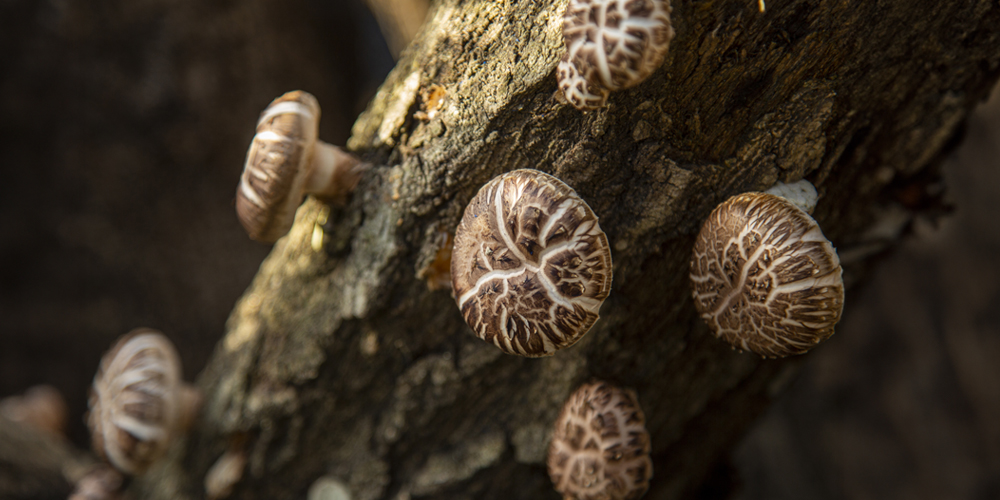
The Rural Development Administration announced in January that, in an effort to diversify export destinations, it has conducted a trial export of unique Korean mushrooms such as the ‘Creamy’ variety of oyster mushrooms and the ‘Auram’ variety of enoki mushrooms to Vietnam since last year. The ‘Creamy’ oyster mushroom is created by crossbreeding easy-to-grow ferula oyster mushrooms that have a soft and chewy texture with the white ferula mushroom, resulting in a creamy color and taste. The ‘Aruam’ enoki mushroom, on the other hand, features a crunchy texture and a golden color on its cap, appealing to the taste preferences of Asians. Each of these unique Korean mushrooms offers distinct textures and flavors, generating anticipation for their performance on the global stage.
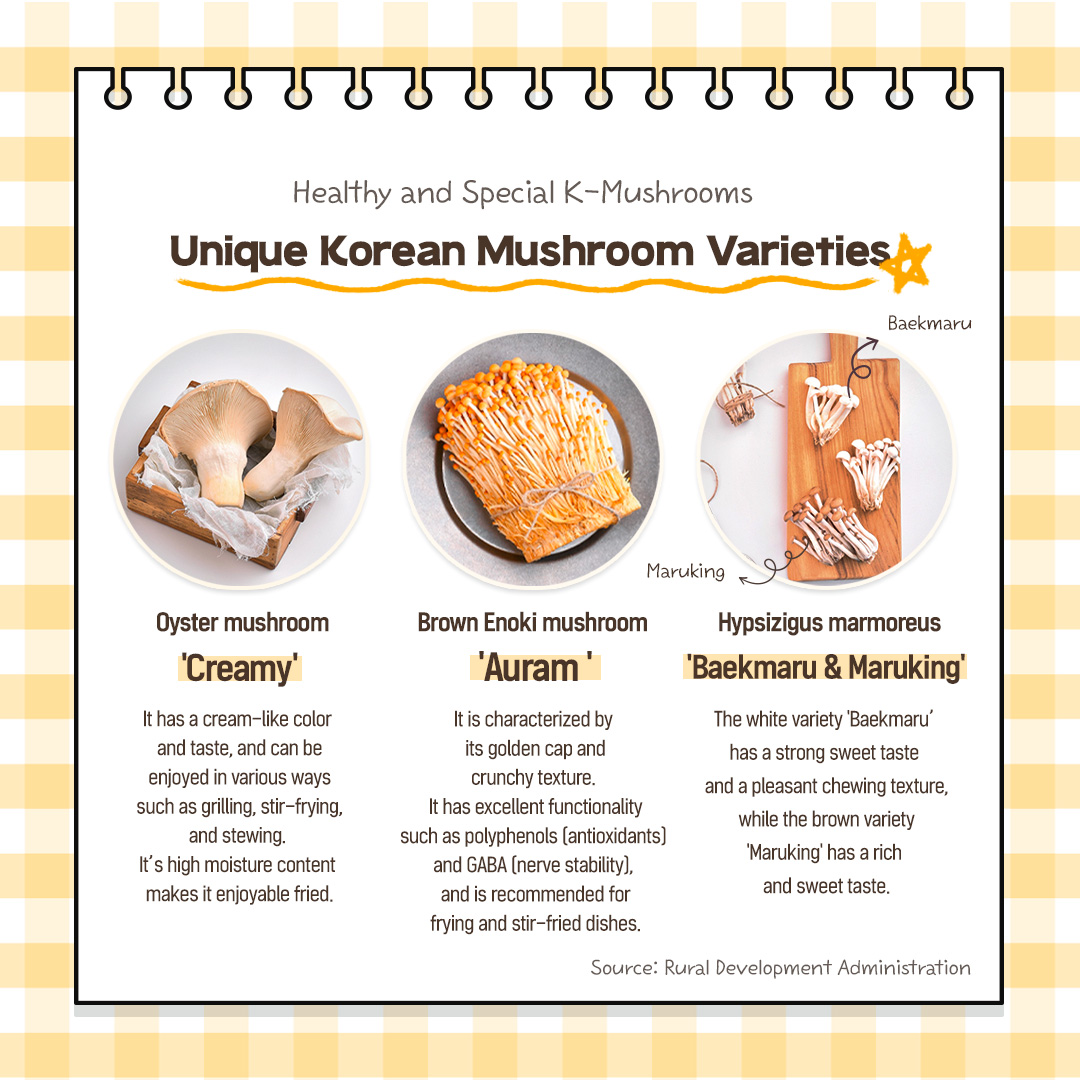
Mushrooms that Capture the Essence of Nature and Hansik
The virtue of Hansik lies in capturing the essence of nature's flavors and aromas through seasonal ingredients and mushrooms are indeed a perfect match. Growing deep in the forest, absorbing nutrients from the earth and imbued with the fragrance of nature, mushrooms possess a unique quality that cannot be replicated by any other ingredient.
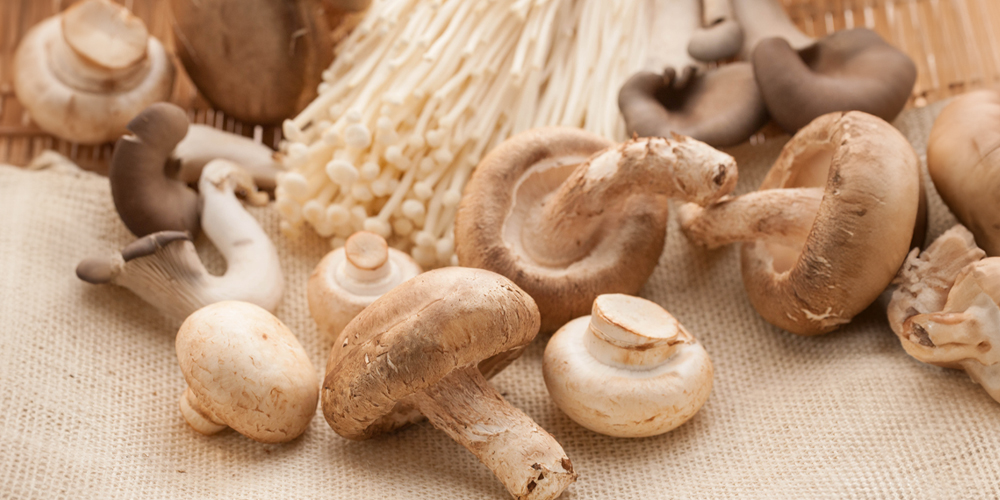
Today, mushrooms continue to captivate our taste buds, transforming various dishes such as soups, side dishes, and garnishes and enchanting our palates. How about enjoying a meal today filled with the richness of nature, using mushrooms as the star ingredient?
References <‘Vegetable Rice by Venerable Daean’ by Ven. Daean, Chaekchaek, 2020>, <’Research Paper: Royal Court Cuisine and Medicinal Food’ by Nam Hee-jeong, Kim Young-soon, 2005>, Websites of Cultural Corps of Korean Buddhism, Korean Culture and Information Service, Rural Development Administration, National Institute of Horticultural and Herbal Science, etc.

 한국어
한국어
 English
English






